Product Description
| Item | Specification |
| Internal dimension | 800W*800D*800Hmm |
| External dimension | 1300W*1000D*1700Hmm |
| Test sample | Size W20cm- L30cm-D15cm, weight 0.5kg |
| Chamber material | SUS304 Stainless steel |
| Specifications of square mesh sieve | Mesh hole 75um, mesh metal wire diameter 50um |
| Talcum powder amount | 2kg/ m |
| Airflow speed | No more than 2m/s |
| Door | Left open door with tempered glass door |
| Controller | PLC Touch Screen controller, programmable to set as below cycle: a. Blowing dust time (Stop/Blow) m/s b. Cycle time: can be adjusted c. Pre-set test time: 0s ~99m99s |
| Vacuum system | Pressure gauge, air filter, Pressure regulating FRL, connecting pipe, Vacuum pump |
| Vacuum pump capacity | 60-600 L/H |
| Fan | Centrifugal fan |
| Safety protection devices | Meter over-temperature function, Phase shortage protection, Power short-circuit protection |
Stainless steel low concentration sand and dust test chamber Functions and Uses
- Simulates low concentration sand and dust environments:
Simulates lower concentration dust conditions in natural environments, such as dusty environments in cities, villages or light industrial areas, by precisely controlling the dust concentration.
- Evaluate product protection performance:
Mainly used to test the dust protection performance of products in low concentration dust environments, to ensure that their internal components are not exposed to dust intrusion, which can affect their performance and safety.
- Wide range of products:
Suitable for a wide range of products that require high dust protection performance, such as electronic equipment, automotive parts, aerospace equipment, medical devices, optical instruments, etc.
Test standards and methods
IEC 60529:
International Electrotechnical Commission's test standard on the protection level of the enclosure, which specifies the dustproof test methods for IP5X and IP6X.
GB/T 2423.37:
Chinese national standard, which specifies the method of sand and dust test in the environmental test of electrical and electronic products.
ISO 12103-1:
International Organization for Standardization (ISO) standard for road vehicles - Environmental conditions and tests, specifying the method of sand and dust test.
ASTM D1735:
American Society for Testing and Materials (ASTM) standard for the testing of paints and related coatings for dust resistance.
MIL-STD-810G:
U.S. military standard specifying environmental engineering considerations and laboratory test methods, including sand and dust testing.
How to use the stainless steel low concentration sand and dust test chamber
Preparation before test
1. Check the status of the equipment: make sure that the test chamber is intact, the ventilation system is normal, and the temperature and humidity sensors are calibrated accurately.
Clean the test box: clean the box.
2. Clean the test chamber: clean the debris and dust inside the chamber to ensure the purity of the test environment.
3. Prepare the sample: Clean and inspect the products to be tested to ensure that they meet the test requirements.
3. Prepare the sample: clean and inspect the product to be tested to ensure that it meets the test requirements.
Set up the test parameters.
Setting up the test parameters
1. Placement of the sample: Fix the sample in the test chamber with the critical part facing the direction of sand and dust flow.
Setting Parameters: Set the parameters according to the test standard.
2. Setting parameters: According to the test standard, set the parameters such as dust concentration, wind speed, temperature and humidity.
.
3. Connecting test equipment: Ensure that the sample is well connected to the test instrument for real-time performance monitoring.
Starting the test
1. Start the test chamber: turn on the equipment and start simulating the sand and dust environment
The test is conducted in a controlled environment, with the test equipment turned on to simulate a sandy environment.
2. Observation and recording: During the test, observe the status of the sample through the observation window and record the changes in electrical performance, mechanical performance, sealing performance, etc.
3. Safety monitoring: Keep a close watch on the sample status during the test.
3. Safety monitoring: Pay close attention to the operation of the test chamber to ensure that the safety devices work properly.
The test is over.
End of test
1. Turn off the equipment: When the test is completed, turn off the power to the test chamber
The test equipment shall be turned off after the test is completed.
2. Cleaning and maintenance: Clean the inside of the test chamber and the samples of sand and dust residues to keep the equipment clean.
3. Data analysis: organize and analyze the test data to evaluate the product's sand and dust protection performance.
3. Data analysis: Compile and analyze test data to evaluate the sand and dust protection performance of the product.
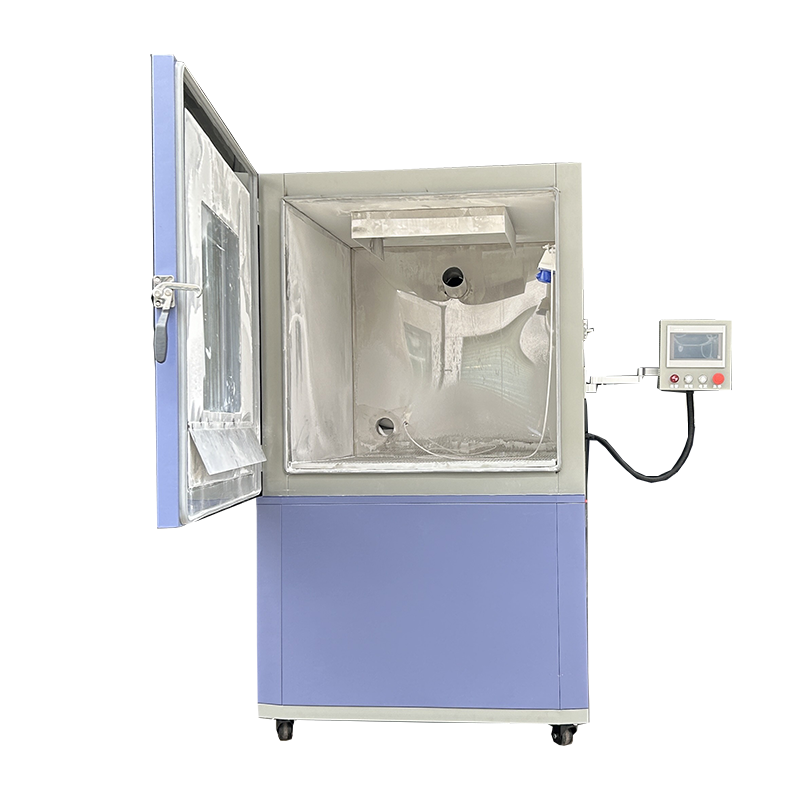




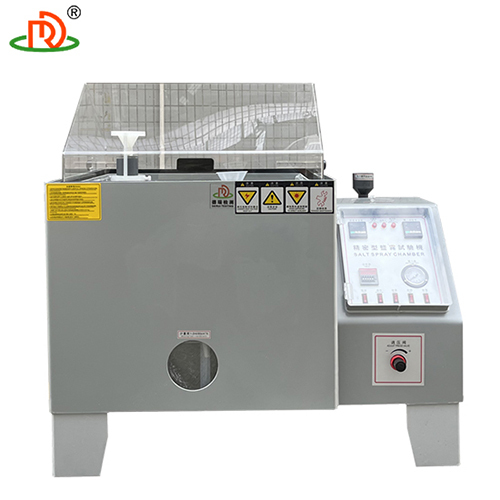
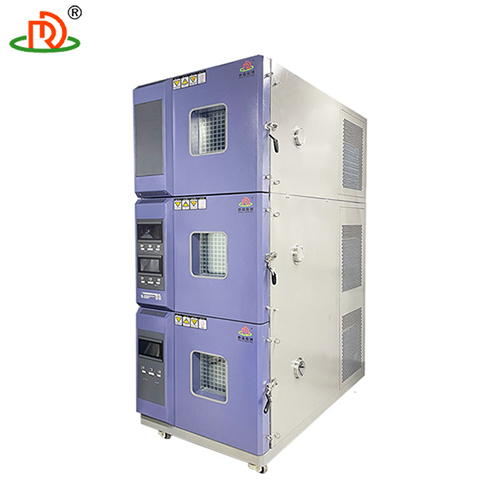
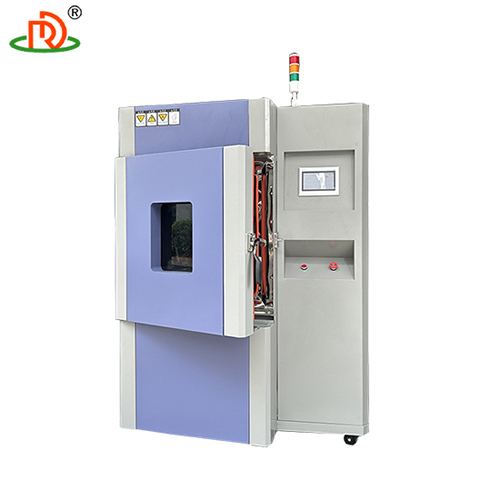
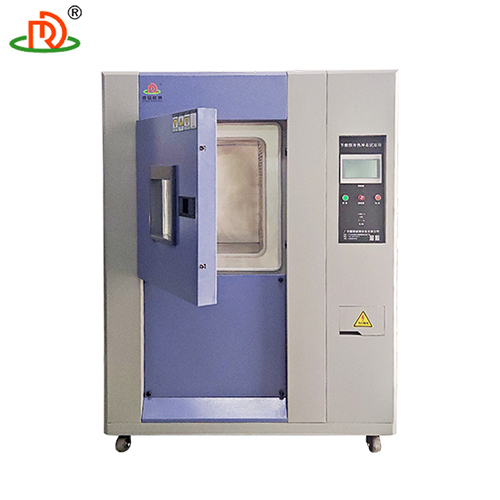

 English
English Spanish
Spanish French
French German
German Italian
Italian Chinese (Simplified)
Chinese (Simplified) Japanese
Japanese Korean
Korean Arabic
Arabic Portuguese
Portuguese